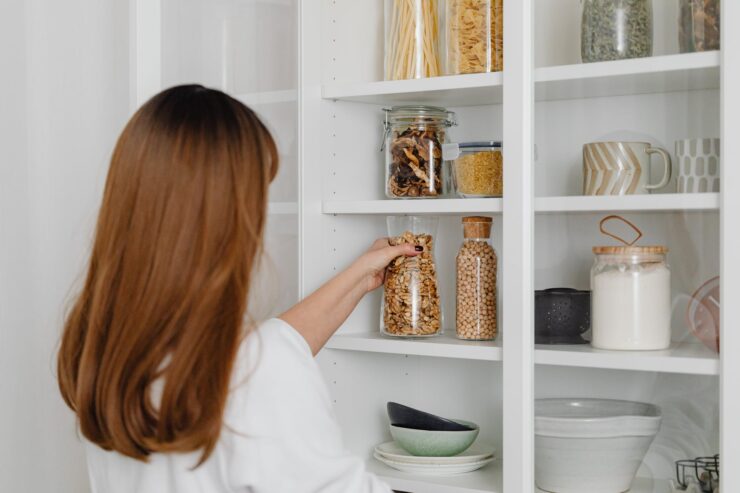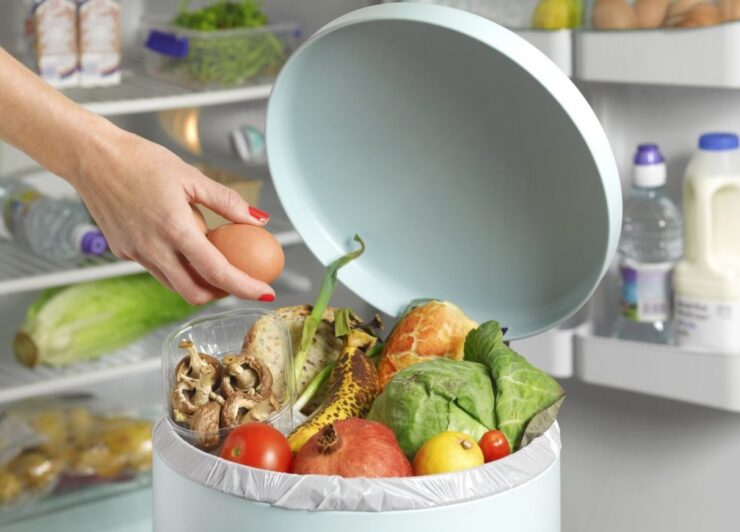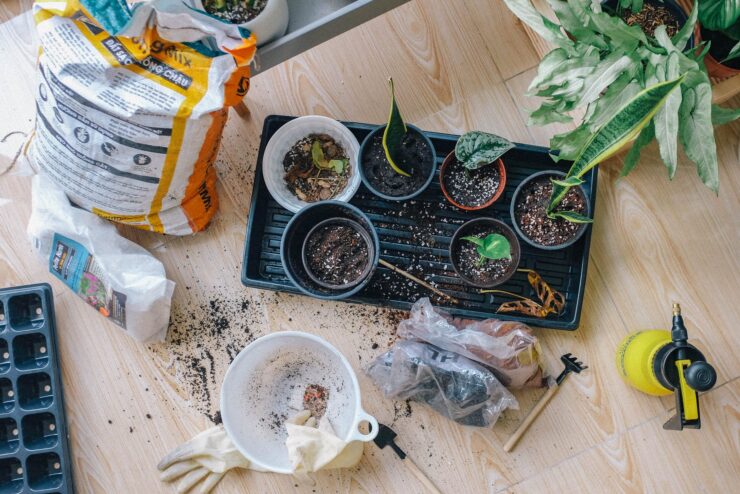As you cook up the perfect meal for family or guests, you might end up with unused scraps in the kitchen. Leftovers are also inevitable after meals unless people always leave their plates clean. But nearly every household will have a considerable amount of food waste, including yours.
Edible food and kitchen waste are significant contributors to greenhouse emission gases. It’s also considered an economic issue since many materials are needed to produce food only to be never eaten and thrown away. If you catch yourself dumping out so much of what could have been last week’s meal, then it’s time for you to make some changes at home.
Here are a couple of ways you can reduce your kitchen waste and make use of every food you buy at the store before they spoil:
1. Plan Your Meals For The Week

You may be one of those individuals who take monthly trips to the supermarket and buy groceries in bulk. Then, when you get home, you realize you’ve bought too much. If this situation frequently happens to you, you might need to take a step back and rethink your life choices.
One way to reduce the food waste from your unused edible groceries is to plan meals for the week. Choose different dishes you want to cook and eat per day and list the ingredients needed for each recipe. And when it’s time to go shopping, bring that list and stick to it. Doing this will compel you only to buy the things you need on your next trip to the grocery.
Planning weekly meals may be easier if you live alone, but it might be more challenging if you live with family. Fortunately, you can order packed food delivery to get you started. Services like thegoodkitchen.com and others deliver fully-prepared healthy meals you can heat up and eat. Having pre-prepared meals delivered to you is an effortless way to reduce extra food and ingredients at home.
2. Reuse Leftovers And Scraps

Having scraps of food is a given in any kitchen. Not all recipes require every part of a vegetable or meat to be used, after all. But that shouldn’t be the reason for you to throw out these unused parts immediately. You can incorporate leftovers in a variety of other dishes such as:
• Soups
• Smoothies
• Salads
• Baked food
Veggie scraps and meat bones are perfect ingredients for homemade soup stocks. Overripe fruits can turn into refreshing breakfast smoothies. Stale bread can be saved, too. Transform it into delicious bread pudding, French toast, or breadcrumbs.
3. Follow The FIFO System

FIFO stands for ‘First In, First Out.’ Whatever you put inside your fridge or cupboard first gets top priority over the items you add later on. For example, if you restock your veggies every Tuesday and Thursday, you must use the Tuesday batch first before you use the Thursday batch.
The FIFO system helps you avoid leaving older ingredients to spoil or rot. When you buy a new batch of ingredients, keep these at the very back of the storage to encourage people to use the ones at the front. To make it easier for everyone at home, you can label containers with their purchase dates and expiration date, too, if possible.
4. Practice Proper Food Storage

Most food may spoil faster if not properly stored. Keep your fridge temperature below 41 °F or 5 °C when refrigerating food. Place cooked food above raw food to avoid possible liquids from raw meats to drop onto cooked leftovers.
Ensure that perishable goods are placed in air-tight containers in cool and dry places. Don’t leave leftover contents inside opened cans. Transfer them into containers and seal them shut. Also, remember that some fruits can emit gases that speed up the spoiling process. So, avoid putting fruits like bananas, tomatoes, and apples alongside other food.
If you plant your own produce, you’ll need to know where and how to store them, especially after an abundant fall harvest. Sometimes, you can keep them in cold storage instead of outright freezing them. Always make sure you examine and wash every piece of produce. Set aside anything with bruises, unnatural nicks, or the slightest sign of rotting to keep everything else fresh.
5. Record Spoiled Food

Keeping a record of food at home that spoils quickly is an excellent way to help you reduce buying too much of that food. So, if you notice you throw out avocados often due to spoilage, then maybe it’s time to cut back on those. You’ll only buy enough for what you need and leave more space in your food storage while you’re at it, too.
Don’t let discounted bulk prices tempt you into buying more than you can chew. Despite the money you might save from purchasing items in bulk, it’ll mean nothing if you throw most of it in the garbage.
6. Try Preserving Food

If you have a lot of clean empty jars at home, you have the option to create homemade preserves using scrap food. Properly canning or preserving food will also extend its shelf life. Create sweet jams with your surplus of berries or tangy pickles with cucumbers. Almost any fresh produce can be pickled, even eggs. They make great sides to your main meals and give them an extra kick of flavor, too.
7. Use Scraps As Compost

People who enjoy gardening as a hobby will love having a couple of food scraps in the kitchen. Set aside your vegetable stems, fruit peels, coffee grounds, and tea leaves to create your own compost heap. These biodegradable products act as a nutrient-rich fertilizer for your home garden and avoid becoming extra waste in the trash.
8. Reuse Takeout Or Food Delivery Containers

Even non-edible products in the kitchen can increase your waste at home. Instead of tossing your plastic takeout boxes in the trash, clean them up well and use them to store other food like leftovers.
Bigger containers are perfect for marinating meats. Meanwhile, if you have several smaller boxes of the same size, you can use these for your daily meal prep. You’ll have equal portions for lunch and dinner every time.
9. Eat Your Leftovers

There will be times when you cook too much food for the whole family to handle. When this happens, you end up with some leftovers. However, if stored correctly, most leftover meals are just as delicious when reheated.
Eating your leftovers is the best and most environmentally-friendly way to get rid of them. They won’t cost you a buck either since you’ll save some cash on what would be another freshly-cooked meal. Meatloaf, especially, does well in a fridge. It’s an easy recipe to pop in the microwave at home during lazy days. You can also give leftovers a new and different life by turning them into other food like taco filling, sauces, etc.
Conclusion
Food is essential for humans to survive. It takes a lot of time to grow food and prepare it for consumption. As such, you must avoid throwing too much of it away. By storing food properly or turning it into other dishes or anything else beneficial, you can make less kitchen waste and more meals you can enjoy at home.

